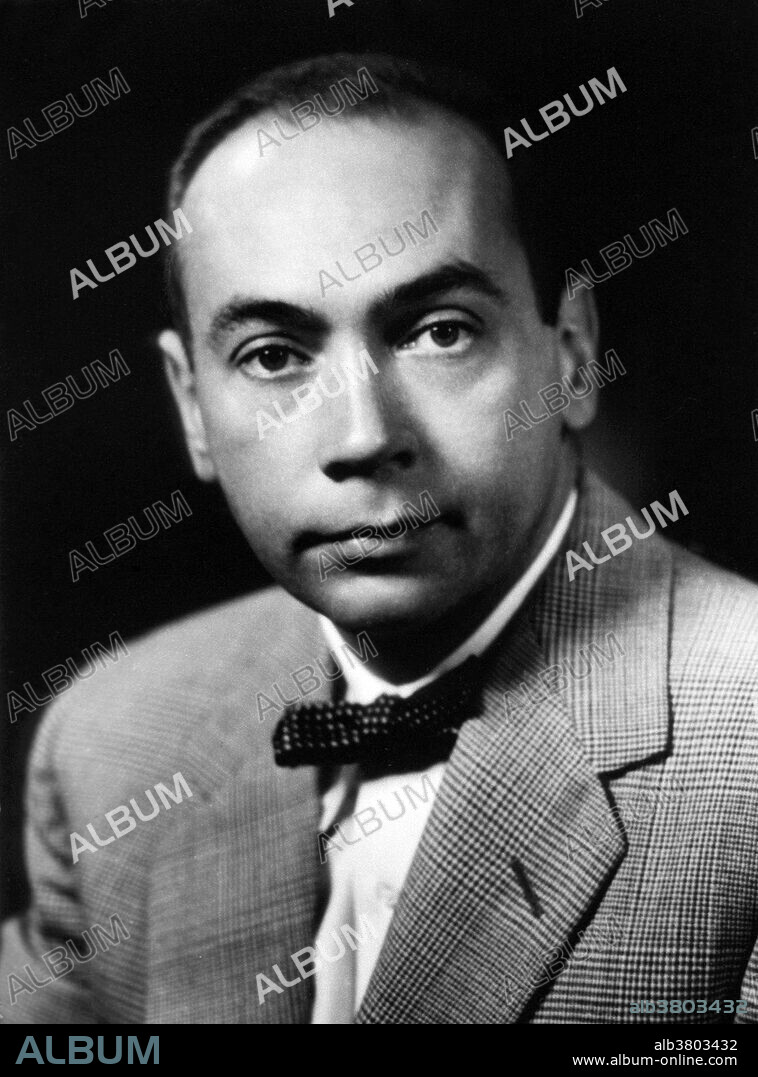alb3803432
Earl W. Sutherland, American Biochemist

|
Add to another lightbox |
|
Add to another lightbox |



Title:
Earl W. Sutherland, American Biochemist
Caption:
Earl Wilbur Sutherland Jr. (November 19, 1915 - March 9, 1974) was an American pharmacologist and biochemist. His first encounter with research was as an assistant in the laboratory of Carl Ferdinand Cori, who won a Nobel Prize in 1947 for his discovery of the mechanism of glycogen metabolism. Under Cori's guidance, he conducted research on the effects of the hormones epinephrine and glucagon on the breakdown of glycogen to glucose. In 1953, Sutherland became a professor of pharmacology at Case Western Reserve University. There he collaborated with Theodore Rall, who was to become a lifelong research partner. He made several ground-breaking discoveries that led to the identification of Cyclic adenosine monophosphate and its role as a secondary messenger. He identified the importance of liver phosphorylase (LP) in the process of glycogenolysis. It was through experimentation on LP and hormone interaction that his most renowned discovery was made. Sutherland won a Nobel Prize in Physiology or Medicine in 1971 "for his discoveries concerning the mechanisms of the action of hormones," especially epinephrine, via second messengers, namely cyclic adenosine monophosphate. He died in 1974 at the age of 58.
Credit:
Album / NLM/Science Source
Releases:
Model: No - Property: No
Rights questions?
Rights questions?
Image size:
1159 x 1565 px | 5.2 MB
Print size:
9.8 x 13.3 cm | 3.9 x 5.2 in (300 dpi)
Keywords:
1915 • 1974 • 20 XX TWENTIETH CENTURY • 20TH CENTURY • 20TH • AMERICA • AMERICAN • BIOCHEMIST • BIOCHEMISTRY • BW • CELEBRITIES • CELEBRITY • EARL SUTHERLAND • EARL WILBUR SUTHERLAND JR • EARL WILBUR SUTHERLAND • EPINEPHRINE RESEARCH • FAMOUS • FIGURE • HISTORIC • HISTORICAL • HISTORY • HORMONES RESEARCH • IDENTIFICATION OF CYCLIC ADENOSINE MONOPHOSPHATE • IMPORTANT • JR. • MALE • MAN • MEDICINE • MEN • NOBEL LAUREATE • NOBEL PRIZE LAUREATE • NOBEL PRIZE RECIPIENT • NOBEL PRIZE WINNER • NOBEL PRIZE • NOBEL RECIPIENT • NOBEL WINNER • NOBELIST • NOTABLE • PEOPLE • PERSON PERSONALITY • PERSONALITIES • PHARMACOLOGIST • PHOTO • PHOTOGRAPH • PORTRAIT • POTRAIT • PROFESSOR • SCIENCE • SUTHERLAND • TWENTIETH CENTURY • UNITED STATES • US • USA • WELL-KNOWN
 Pinterest
Pinterest Twitter
Twitter Facebook
Facebook Copy link
Copy link Email
Email

